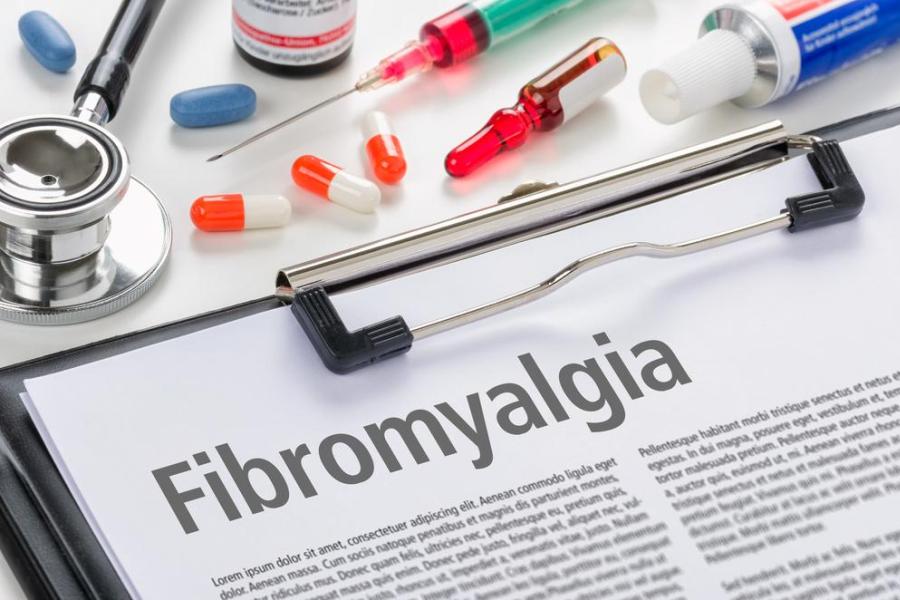
Fibromyalgia: Glossary of Terms with Medical Definitions
Catecholaminergic: Catecholaminergic pathways include neurotransmitters dopamine, epinephrine and norepinephrine.
Dopaminergic: Dopaminergic substances or actions increase dopamine-related activity in the brain. Dopamine is a neurotransmitter.
Epstein Barr virus: Member of the herpes virus family. Symptoms of EBV infection can include fatigue, fever, and inflamed throat, swollen lymph nodes in the neck, enlarged spleen, swollen liver, and rash.
GABA receptors: Class of receptors that respond to the neurotransmitter gamma-aminobutyric acid (GABA), the chief inhibitory compound in the mature vertebrate central nervous system. GABA receptors influence cognition by coordinating with glutamatergic processes.
Guanylate binding proteins (GBP): family of guanosine triphosphate (GTP) hydrolyzing enzymes that is induced by interferon (IFN)-gamma and are key to the protective immunity against microbial and viral pathogens.
Hypothalamic–pituitary–adrenal (HPA) axis: A central stress response system, HPA axis represents interaction between hypothalamus, pituitary gland and adrenal glands that control reactions to stress and regulates many body processes, including digestion, the immune system, mood and emotions, levels of cortisol and other important stress related hormones.
Lyme disease: Caused by the bacterium Borrelia burgdorferi and is transmitted to humans through the bite of an infected blacklegged deer tick.
Osteoarthritis: A type of joint disease that results from breakdown of joint cartilage and underlying bone. The most common symptoms are joint pain and stiffness.
Genetic Polymorphism: A discontinuous genetic variation resulting in the occurrence of several different forms or types of individuals among the members of a single species.
Pro-inflammatory cytokines: Molecules that promote inflammation. Cytokines are small proteins that are secreted by cells such as monocytes and macrophage (monocytes that enter the tissue). Cytokines are regulators of host responses to infection, immune responses, inflammation, and trauma.
Rheumatic disorder: Umbrella term for conditions causing chronic, often intermittent pain affecting the joints and/or connective tissue.
Serotonergic: A serotonergic substance produces its effects via interactions with the neurotransmitter serotonin, such as by stimulating or blocking neurotransmission.
Trace amine associated receptors (TAAR): G-protein coupled receptors that bind trace amines such as phenethylamine and tyramine that act as neurotransmitters but some of the TAAR receptors are also olfactory receptors.




